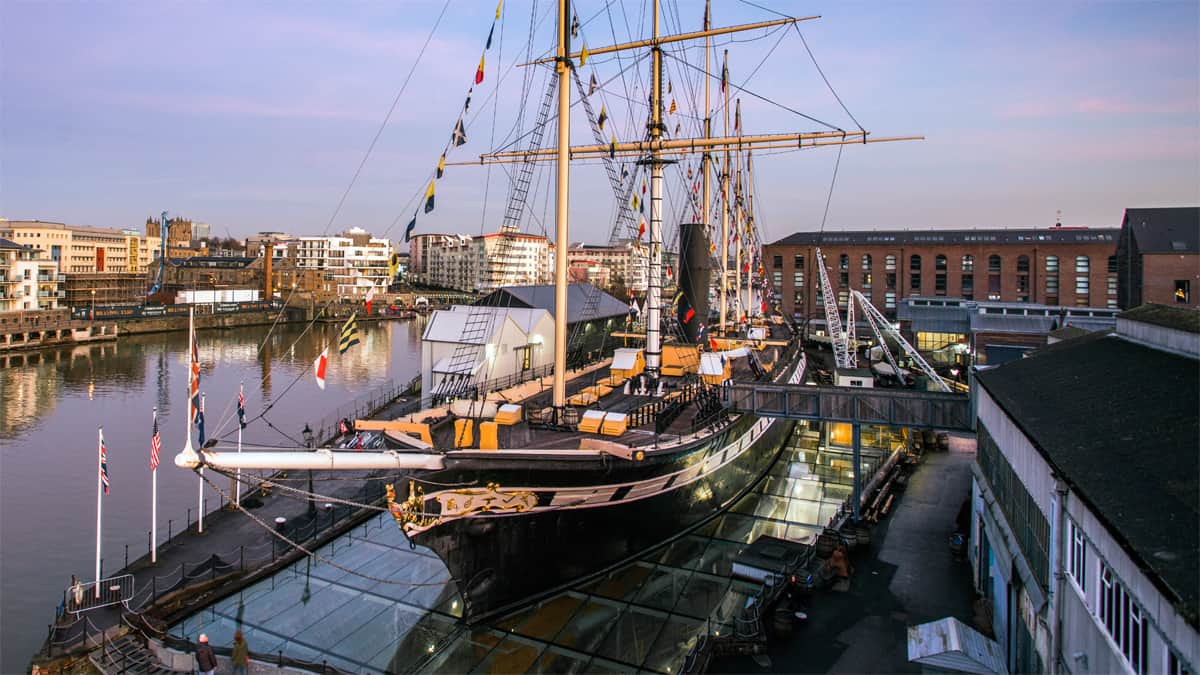Fresh to a collection of over 65,000 objects, I wondered what I might discover first in one of the UK’s finest maritime collections. In a sea of treasures dating as far back as 1703, I could not wait to wade into the depths of history on offer; as well as the chance to hoist my nautical puns to new heights.
The task was simple: conduct an audit of the University of Bristol’s Brunel Collection. Easy enough, but what actually is the Brunel Collection? Well, only one of the most important collections of Brunel-related material in the entire world. An 8,000 strong assembly of objects including letters, sketch books, large-scale plans, diaries, calculation books, drawings and drawing instruments – all hands on deck then.
Slightly daunted, I started with the SS Great Britain’s Collections Management System to identify which objects were catalogued in the Brunel Collection, and their unique accession numbers. Carefully, I then began working box by box, checking each object and recording them as located.
Each of the near 200 boxes held its own story, a perspective on Brunel that was reflected in the objects contained within. Modern newspapers highlighted a century old legacy, postcards portrayed personal memories of SS Great Britain’s return, and of course, Brunel’s own letters and sketchbooks illustrated his character.
Nearing the festive season, feeling melodramatic, I experienced almost a sensation of understanding. The sheer breadth of Brunel’s engineering prowess, his tireless dedication to accomplishment and the scale of detail that provided foundations for his creativity and innovation. It was all displayed in this incredible collection of material.
(DM162/8/2/8/ Folio 119)
Take this page for example, photographed from one of Brunel’s General Calculation Books dating between 1850 and 1858. It’s impossible not to appreciate Brunel’s combination of imagination and intricacy, the engineering and artistry that both visualised his aspirations and grounded them in reality.
At the end of this particular journey – after three months of checklists, catalogue edits, and plenty of learning – I replaced sentimentality with joy. I confirmed that each object in the Brunel Collection was stored in their correct location, in a stable condition, and could be easily accessed by anyone who requested to view them.
So, all you have to do is ask!
Author: Tyler Mills, Museum Assistant



